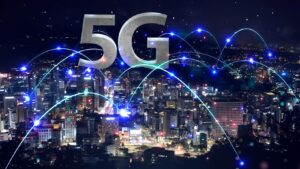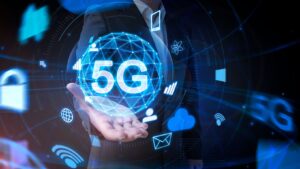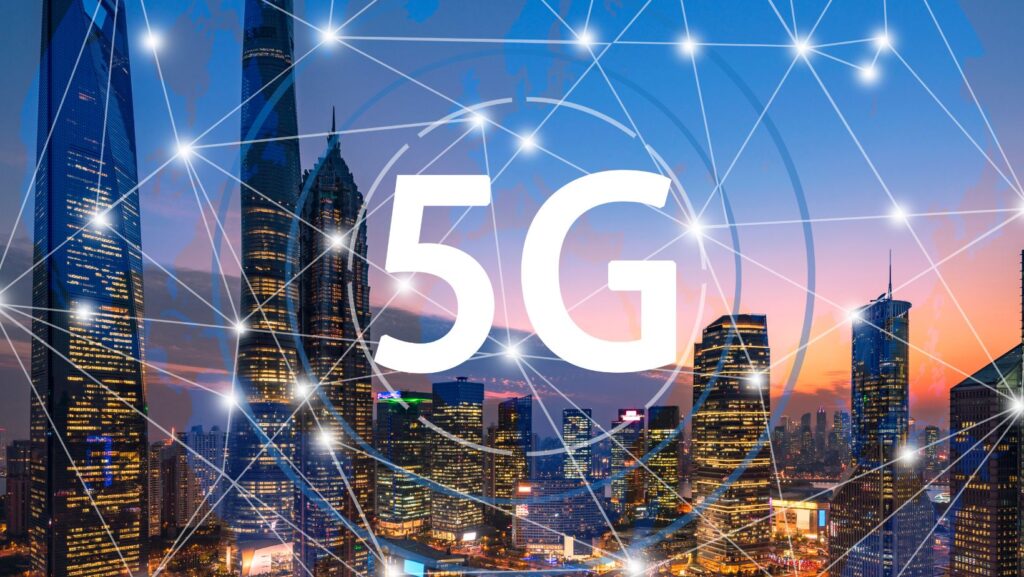As we stand on the brink of a technological revolution, 5G technology is poised to transform our world. It’s not just about faster internet speeds, but a paradigm shift that’ll redefine how we interact with technology. This article offers a sneak peek into the emerging trends in 5G technology that are set to disrupt the status quo.
From autonomous vehicles to smart cities, 5G is set to power a plethora of innovations. But what are the key trends to watch out for? And how will they shape our future? Let’s delve into the world of 5G and explore these intriguing questions. Stay tuned for an enlightening journey into the future of connectivity.
Understanding 5G Technology
5G, standing for the fifth generation, represents the latest mobile networking standard. It follows its predecessor, the 4G or LTE standard, and is designed to exponentially amplify connection speed, reduce latency, and enhance the number of connected devices. Labeled as a transformational force, 5G technology trends suggest a revolutionary change in the Internet of Things (IoT), autonomous vehicles, and smart city applications.

5G operates based on three primary spectrum bands, namely low-band spectrum, mid-band spectrum, and high-band spectrum. They differ in their respective frequencies, with high-band spectrum offering the fastest speeds but the shortest range. Conversely, low-band spectrum provides broader coverage while sacrificing connection speed. 5G balances these spectrums to bring forth a blend of unprecedented speed and coverage.
5G Technology Trends
Following its evolution, 5G technology now presents innovative trends that are marked by distinctive changes and capabilities. These developments show promise in reshaping digital communication.
Increased Internet Speed
5G stands out for its remarkable internet speed. This technology represents an upgrade from 4G’s peak speed of 100 megabits per second (Mbps) to achieve speeds up to 10,000 Mbps or 10 Gbps. Consequently, it provides a quicker and more efficient internet experience, enhancing various aspects of digital communication such as streaming, gaming, and smart home applications.
Improved Connectivity and Bandwidth
5G isn’t all about speed. It enhances the quality of connectivity too. With an improved ability to handle multiple connections simultaneously, 5G technology can support up to 1 million devices per square kilometer compared to 4G’s capacity for just 2,000. This improved bandwidth ensures more devices can connect at once without experiencing lag or reduction in internet quality, making it instrumental for sectors like IoT and smart cities where a large number of devices require steady connectivity.

Home-based internet services have seen a significant rise with the introduction of 5G technology. High-speed connectivity offered by 5G brings new opportunities for the home-based internet market. With the ability to provide fast and reliable connections, 5G facilitates internet access for a range of devices from smart TVs to home security systems, offering enhanced service quality and enabling rapid growth of smart homes.
The Future of 5G Technology
Peering into the future becomes fascinating when glancing at the multifaceted arena of 5G technology trends. These trends shed light on how future technological landscapes will be shaped, especially in areas such as IoT, autonomous vehicles, and virtual and augmented reality (VR and AR).

The connection between 5G and IoT shows statistics that exceed expectations. As an important part of modern technology trends, IoT relies on 5G for enhanced speed, reliability, and device density capabilities. It connects all things in the physical world to the internet, making them smart and responsive. The trend shows high growth with an estimated 41 billion IoT devices by 2027, significantly driven by 5G’s capability to connect up to a soaring 1 million devices per square kilometer. This enables robust and versatile networks managing extensive data transfers with minimal delays, reiterating the critical role of 5G in IoT expansion.
It’s clear that overcoming 5G’s challenges is not just necessary, but also possible, paving the way for a more connected and technologically advanced future. As we move forward, the focus must be on harnessing this technology’s potential while mitigating its challenges, ensuring 5G’s successful integration into our digital world.


